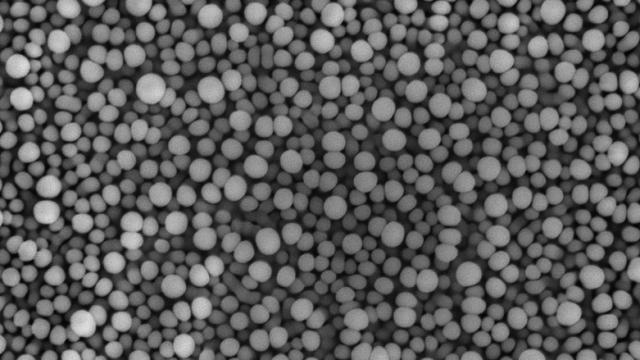Taking inspiration from the microscopic rounded structures that creatures like starfish naturally grow to improve their limited vision, researchers at the University of Michigan have succeeded in artificially creating smooth facet-less crystals in the lab that have the potential to revolutionise everything from solar panels to LEDs.
The rounded crystals are produced using a technique called organic vapour jet printing, which is similar to the way a 3D printer works, but with a gas (boron subphthalocyanine chloride in this case) instead of melted plastic. The new specially developed process allows the crystals to be produced on almost any surface in a fairly uniform size and density, and the unique structure could help solar panels and LEDs better redirect and guide light, or even serve as a top-notch water repellant.
But the most interesting application has to be the potential for 3D-printed pills and medications. The technique could be adapted into a consumer-friendly machine allowing patients to simply print their own medicines in the exact dosages they need. And the unique structure of the crystals means there’s far more surface area making them easier to be absorbed into the body, increasing the effectiveness of a drug, and reducing the time it needs to start working. [Nature Communications]
